During the debugging and daily use of induction heating power supply equipment, engineers often need to temporarily solve unexpected situations, which requires engineers to combine the design solutions and theoretical knowledge of induction heating power supply to deal with them in a timely manner.
In today's article, we summarize three common problems encountered in normal times and provide solutions. Let's take a look at what these issues are.
How to deal with the smoke problem of the induction heating power supply in a more reliable way?
For the induction heating power supply, to correctly handle the smoke problem, we can start with two aspects, namely, smoke purification or setting up smoke collection device.
Let's first look at the smoke purification method. To achieve smoke purification for induction heating equipment, only a dust collector can be used to achieve it. The choice of the dust collector directly affects the capturing effect, dust removal power consumption, and whether the entire system can operate stably and reliably in the long term. There are many types of dust collectors, each with its own advantages and disadvantages. The key lies in how to take advantage of its strengths and avoid its weaknesses, and obtain the best effect adapted to the system process and dust composition.
Setting up a smoke collection device is relatively cumbersome. Its contents mainly include a rotary umbrella hood, low-resistance, large-flow pipe + temperature-regulating electric butterfly valve, offline gas pipe pulse dust collector, and a boiler induced draft fan. The choice between these two methods requires engineers to judge based on the actual situation.
What issues should be paid special attention to when the induction heating power supply is turned on and running?
Usually, during the operation of the induction heating power supply, there are three issues that need to be paid special attention to, namely, shortage of water resources, high voltage, and electrical grounding cathode capacitance setting.
Let's first look at the shortage of water resource problem. During the long-term use of induction heating equipment, overheating and combustion of electric capacitors may be caused by scaling or blocking of the cooling water pipe and the capacitor, so we should pay special attention to the discharge situation of the water flow. Once an abnormal discharge is found, appropriate measures should be taken.
The electrical grounding cathode capacitance also needs to be paid special attention to. Once the electrical insulation capacitor is damaged, faults are easily caused, so engineers need to investigate and deal with the insulation points of the faulty capacitor box in a timely manner.
The high voltage situation also needs special attention. If the capacitance is higher than the rated voltage, the electric capacitor will be breakdown. At this time, it is necessary to reduce the radiofrequency or replace the high-voltage electric capacitor with a model that matches or exceeds the voltage level.
What are the main components of the intermediate frequency induction heating power supply?
During the use of the intermediate frequency induction heating power supply, its main components can be divided into four aspects, which are the power source electrical part, the furnace body part, the transmission device, and the water cooling system.
In terms of the power source and electrical part, the power equipment of the intermediate frequency induction heating power supply includes a high-voltage or low-voltage switchgear, a medium-frequency generator set or a controllable silicon frequency converter, a power conversion switch, a compensating capacitor, and an intermediate-frequency control cabinet. In some large intermediate frequency furnaces, the electrical part also includes a crucible leak furnace alarm system.
As for the furnace body part, both small and medium-sized intermediate frequency furnaces are equipped with two furnace bodies. One is used for production and the other is a backup. The furnace body includes a furnace cover, an inductor, a crucible, a furnace body bracket, etc. The transmission device of the intermediate frequency induction heating equipment includes a mechanical or hydraulic device such as moving the furnace cover and tilting and resetting the furnace body.
The water cooling system mainly includes the intermediate frequency power supply, the inductor, the capacitor, the busbar, and the soft cable, etc. To save water, circulating cooling methods are usually used. The cooling water circulation system includes a water pump, a cooling tower, a water tank, etc.

 en
en  cn
cn  jp
jp  ko
ko  de
de  es
es  it
it  ru
ru  pt
pt  vi
vi  th
th  pl
pl 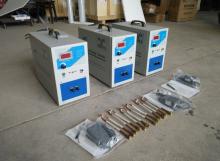
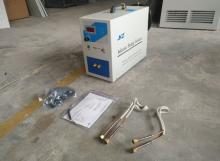

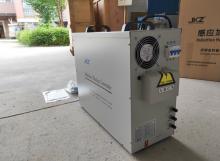


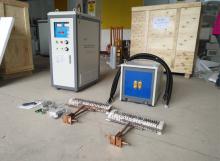
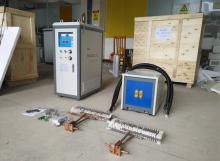

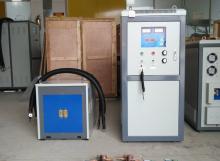

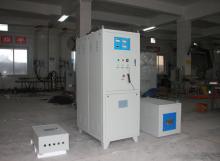

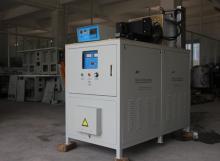
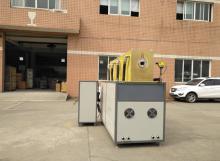
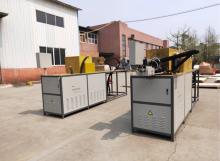
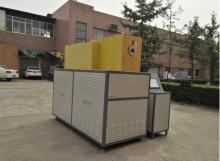
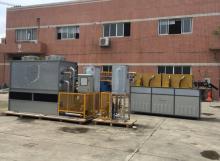
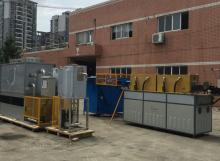
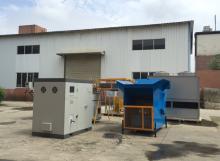
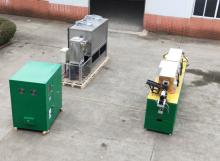
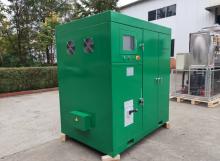
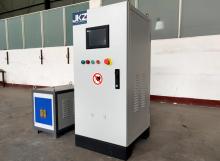
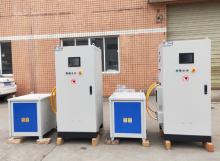


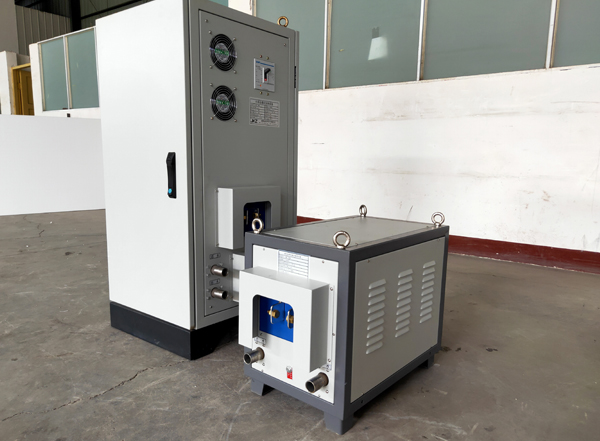
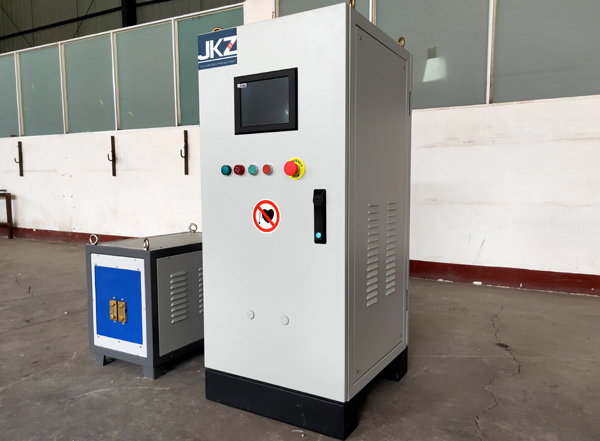

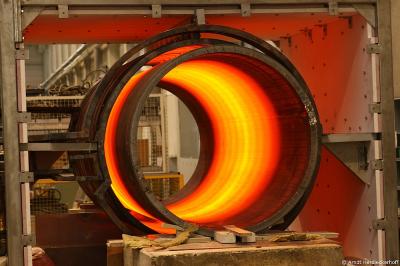



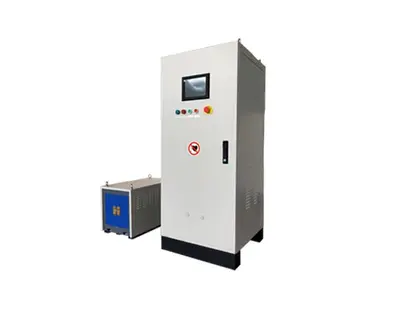
 Call us on:
Call us on:  Email Us:
Email Us:  NO. 688th South Baoguang Road, Xindu District, Chengdu City, Sichuan Province, China
NO. 688th South Baoguang Road, Xindu District, Chengdu City, Sichuan Province, China